Living with ambiguity
… is defined as understanding that issues have more than one interpretation, that not all problems have immediate or clear-cut solutions, and to be patient while a resolution becomes clear.
OBSERVATIONS FROM INTERVIEWS WITH PARTICIPANTS:
Possibly the most elusive Capacity to pin down in this process of categorisation, precisely because it advocates fuzziness and lack of clarity, shades of grey and 2-sided coins, the implicit rather than the explicit. It’s a difficult topic to address with some young people for whom uncertainty is disturbing, however, isn’t this the stuff of critical, contextual understanding, not to mention sophisticated film-making techniques?
It would seem that this young man embraced the aims of the project in a way which may have been inconceivable at the start. His role was to contribute to the fairground atmosphere in the BFI lobby areas, giving away artwork that they themselves had created. I asked him to stare into the lens to show me the head piece which he does assertively and with a sense of pride, even though the piece was not exclusively his own work. All the students got into the spirit of an interactive ‘promenade’ event which is by no means a clear-cut medium – part performance, part art installation, part spectacle, part musical.
The London Nautical boys’ film project was delivered within a highly specified framework which created feelings of ambivalence. They were given freedom to interpret the final brief for the short and the film exercises, however, these were to be rigorously adhered to. Most boys said that although they may have felt constrained at first it resulted in more polished and adept work. One boy suggested that incorporating everyone’s ideas would have led to “a messed up film” and he appreciated the structure of a brief: “there’s lots of room to breathe, but we still have guidelines and we can fall back to that and create things around it”. Such an experience replicates the complexities of real life scenarios and the importance of improvisation and resourcefulness when it comes to design solutions.
The manner in which Chris and Sam delivered the project further tested the boys’ preconceptions about adults in educational settings. My own role as researcher as well as Dr. John Potter’s were ambiguously defined: we were part of the team but had no direct agency. There was little sense of hierarchy in favour of a flat, inclusive structure built on mutual respect, cooperation and constructive debate. Students were adaptive and accepting of the fluidity of our roles, and perhaps it was this levelling element that allowed the boys to speak openly and confidently at the Paris screenings.
The versatility of Telferscot Primary School children to adapt to their surroundings and make the best of what’s on offer is striking. This particular class have been involved in Cultural Campus projects before and I believe this is evident in the way they actively engage in projects like a cohesive team of curious learners, no matter where it takes them: from local South London boxing gym (researching boxing for Hitchcock’s ‘The Ring’ film re-enactment) to the Southbank’s balcony of concrete and temporary turf (overlooked by a boat perched on the edge of Queen Elizabeth Hall). There were many references to “We” whilst interviewing:
“… and like we’re learning in the kind of way we’re using sounds… I didn’t actually know that you can kind of like plot sounds and cut them up and that’s how you make movies.”
“we might have a step to actually have an acting career or making films, or making the soundtracks”
The children arrived at the Lambeth Schools event and seamlessly joined the older secondary children’s rehearsal. This was the moment that the whole multi-stranded project was coming together for them but none betrayed any sign of anxiety. One learning- impaired child simply turned and said: “I don’t get this!” but got on with the Charleston anyway. There was a willingness to take risks and throw oneself into an activity which didn’t necessarily make sense to them.
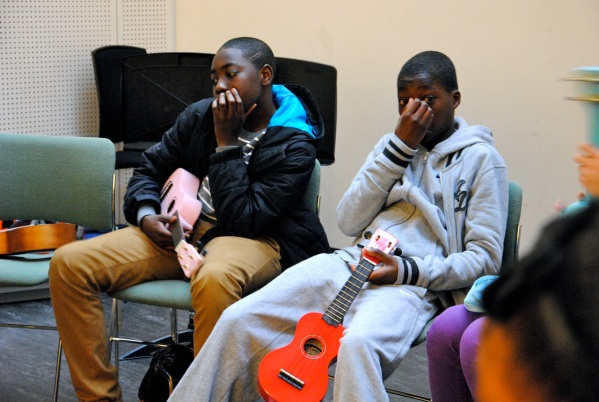
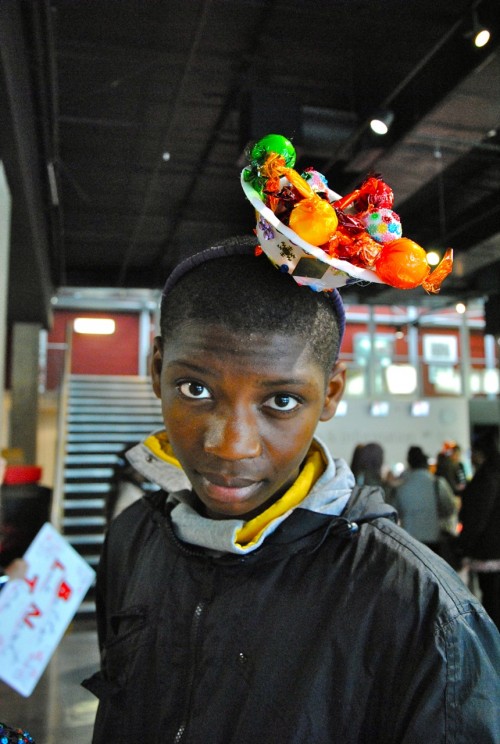
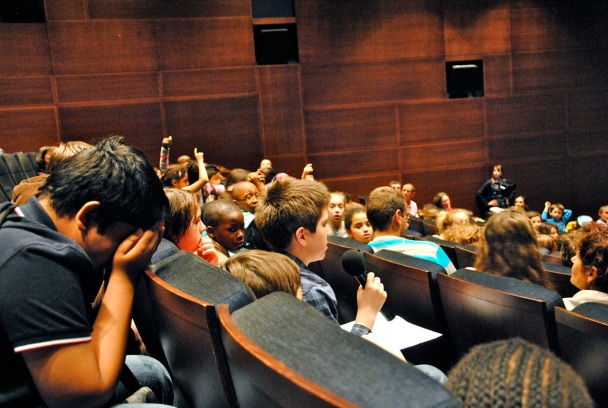
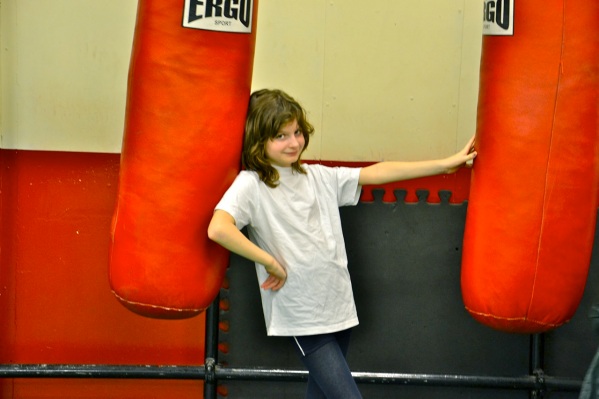
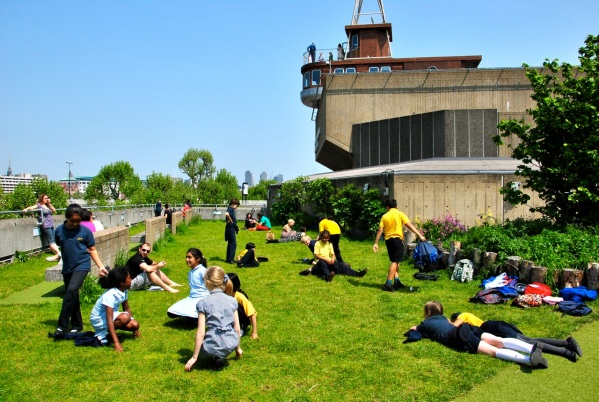
Pingback: Showing and not showing | BFI / Cinémathèque blog